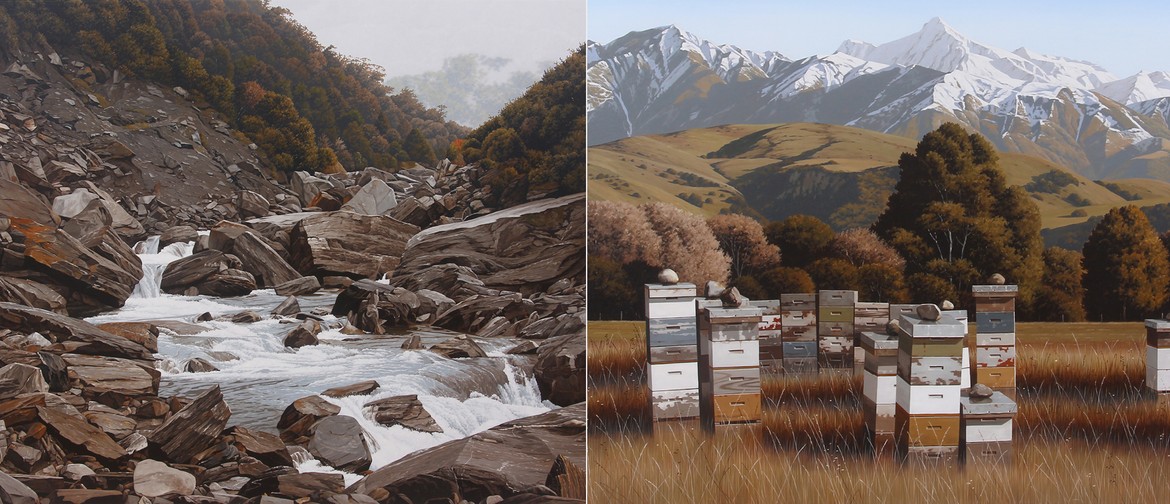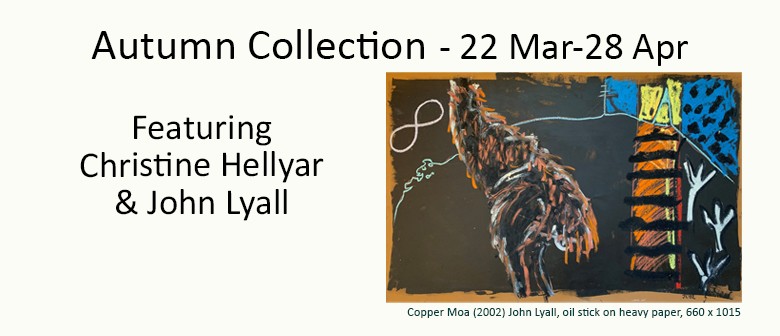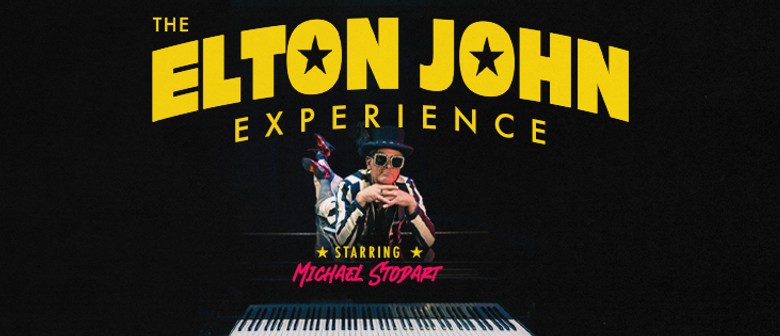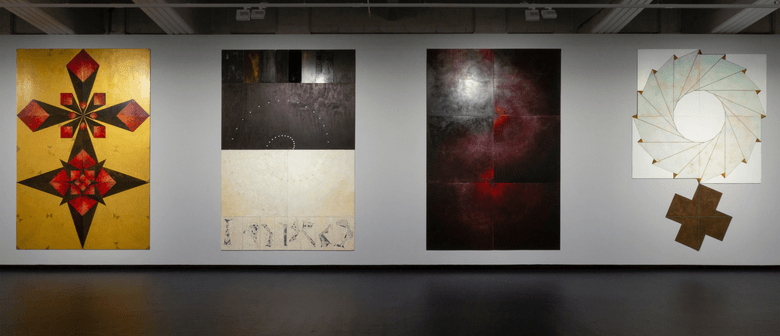Michael Hight: Recent Paintings (2022)
18 Dowling St, Dunedin, Otago
Ticket Information
Restrictions
Websites
Listed by
The longer one looks at Michael Hight’s familiar beehive works, the more uncanny they become. We find ourselves drawn into the works by their recognisable subject matter and places - who hasn’t seen beehives in a paddock? The first twinge of unease comes from the hyper-realism of Hight’s painting style. Like a perfect computer simulation, Hight’s exceptional landscapes are just that bit too real, too controlled for us to find comfort in their familiarity. Their taut stillness sets us on edge, without us knowing exactly why.
At first glance, Haast River seems the antithesis of a threatening mountainscape: there are no sullen storm clouds or foreboding shadows. We find instead small groups of rock-topped beehives leaning into one another and grass stalks motionless in the clear, late summer sun. What this and the other beehive works possess however, is an air of tense expectation that creeps up on us. Like the oppressive atmosphere just before a summer storm breaks, the paintings are charged with the unknown.
In comparison, Hight’s Nocturne paintings are unsettling from the outset, their contradictions laid out in plain sight. Scale and subject matter are topsy-turvey: a tiny cliff-face sliced from its landmass sits alongside a tarnished trumpet and a whale vertebra. Reminiscent of old museum collections, the items are grouped for deliberate display, but the artist has obscured his rationale for doing so.
Each Nocturne painting presents a self-contained world. The shallow, strictly defined picture fields demand that we focus on the contents of the cabinets and shelves; no external context is provided - nor is it required. Hight expects us to find our own narratives in the paintings and leaves us to navigate the strange picture-scapes using our own devices.
Rather than thinking about Michael Hight’s parallel painting practices as different as night and day, it is perhaps more fitting to think of them as two sides of the same coin. The pastoral calm of the beehive works is easily approachable, until we sense that the works might hold something not quite right, something just beyond our ken. On the other hand, the nocturne paintings immediately upend what we think we recognise and provide no obvious clues to their perplexing tableaux. The effect of both bodies of work is a delicious tension between what we can and cannot know.
Log in / Sign up
Continuing confirms your acceptance of our terms of service.




Post a comment